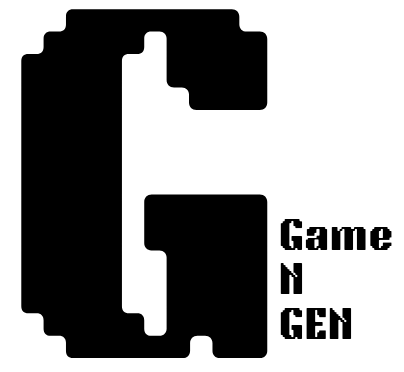Diffusion Loss Calculation Tool for Reinforcement Learning
About This Tool
The Diffusion Loss Calculation Tool helps researchers and developers in reinforcement learning (RL) evaluate the performance of generative models, particularly those using diffusion processes. By calculating the diffusion loss, you can assess how well your model predicts frames in the presence of noise, which is crucial for developing robust RL algorithms in dynamic environments.
Real-Life Example: Weather Prediction
Imagine an RL model designed to predict weather patterns. The actual weather data (temperature, humidity, wind speed) often contains noise due to measurement errors or small-scale fluctuations. A generative model using diffusion processes can help predict future weather states while accounting for this inherent noise. This tool would help quantify how accurately the model predicts weather patterns in the presence of noise, leading to more reliable forecasts and better decision-making in fields like agriculture, energy management, and disaster preparedness.
How to Use
- Enter the predicted frame value (output from your generative model).
- Input the actual frame value (the ground truth or observed value).
- Specify the noise level (the amount of randomness in the environment).
- Click "Calculate Diffusion Loss" to see the result.
Who Can Benefit from This Tool?
- RL researchers working on generative models and diffusion processes
- Machine learning engineers developing predictive algorithms for noisy environments
- Data scientists dealing with time-series forecasting
- Climate scientists and meteorologists working on weather prediction models
- Roboticists developing adaptive control systems
- Financial analysts working on market prediction models
- Students learning about generative models and noise handling in AI
Why Measure Diffusion Loss in RL?
Calculating diffusion loss is essential for several reasons in reinforcement learning:
- Assess model accuracy: Quantify how well your generative model predicts future states in noisy environments
- Optimize training: Use the loss metric to fine-tune your model's parameters and improve its performance
- Handle uncertainty: Develop more robust RL agents that can operate effectively in unpredictable scenarios
- Improve decision-making: Better predictions lead to more informed actions in RL tasks
- Benchmark models: Compare different generative approaches based on their diffusion loss
- Understand noise impact: Gain insights into how different noise levels affect your model's predictions
